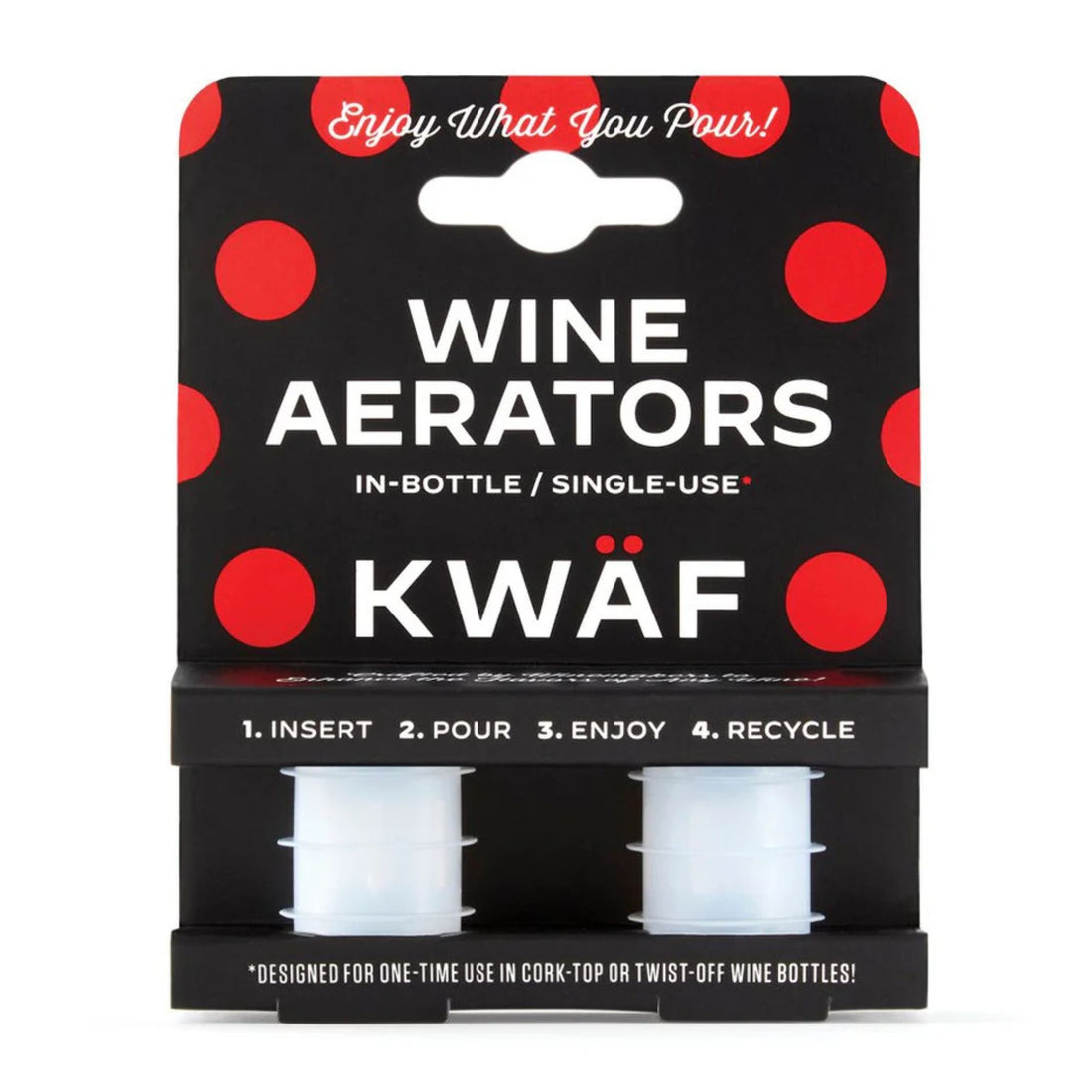Have you ever dreamt of transforming your backyard bounty of muscadine grapes into a delightful homemade wine? Well, dream no more! Making your own muscadine grape wine recipe is a rewarding way to appreciate the aroma and taste of these aromatic fruits. This blog dives deep into muscadine winemaking, guiding you through a simple yet effective recipe to craft the perfect batch.
Muscadine Grape Wine Recipe: Unveiling the Secrets
Muscadine grapes, known for their thick skin and intense flavor profile, are a fantastic choice for crafting homemade wine. With patience and the proper steps, you can transform these juicy grapes into a delicious wine, perfect for enjoying with friends and family.
Ingredients for your Muscadine Wine Recipe:
- 5 lbs (2.2 kg) Muscadine grapes (choose ripe and blemish-free)
- 3 cups (750 ml) granulated sugar
- 1 (5-gallon) food-grade primary fermenter
- 1 (1-gallon) glass carboy (secondary fermentation)
- One airlock
- 1 Campden tablet crushed (optional)
- One packet of wine yeast (specific to muscadine or fruit wines)
- 1 cup (250 ml) boiling water (to sanitize)
- Distilled water (to top up the carboy)
- Hydrometer (optional for measuring sugar content)
- Pectic enzyme (optional, for improved juice yield)

Muscadine Wine Recipe: Step-by-Step Guide
Here's a breakdown of the muscadine wine recipe, taking you from preparation to bottling your creation:
1. Sanitization is Key:
Cleanliness is paramount in winemaking process. Before you begin, thoroughly sanitize all your equipment – the primary fermenter, carboy, airlock, and any utensils you'll use. You can achieve this by submerging them in a hot, soapy water solution and rinsing them with sanitizing or boiling water.
2. Preparing the Muscadine Grapes:
Gently wash the muscadine grapes and remove any stems or leaves. Using a food processor or potato masher, crush the grapes just enough to release the juices. Aim for a coarse crush, avoiding pulverizing the seeds, as this can impart bitterness to the wine.
3. Must Making:
Transfer the crushed grapes and their juices into your primary fermenter. Here's where the magic begins! We'll create the "must," a mixture of grape pulp, juice, and sugar that kickstarts the fermentation process. Add 3 cups (750 ml) of granulated sugar to the must and stir gently until dissolved.
Optional: If using a pectic enzyme, add it now according to the manufacturer's instructions. This helps break down the pectin in the grapes, leading to a more transparent and efficient juice extraction.
4. Introducing the Yeast:
After adding the wine yeast, allow the mixture to lie undisturbed for half an hour. This allows the yeast to rehydrate and become active. After 30 minutes, gently stir the mixture to incorporate the yeast.
Optional: You can add a crushed Campden tablet at this stage to inhibit the growth of unwanted bacteria. However, this step is optional if you use fresh, high-quality grapes.
5. Primary Fermentation:
Cover the primary fermenter loosely with a lid or cheesecloth and place it in a cool, dark area with a consistent temperature between 68-75°F (20-24°C). Over the next 7-10 days, the fermentation process will begin. You'll notice bubbles forming, and the mixture becomes frothy, the carbon dioxide released by the active yeast.
6. Daily Stirring and Racking:
During primary fermentation, it's crucial to stir the must daily to prevent the cap (a layer of grape skins and pulp that forms on top) from developing mold. Lightly whisk the ingredients together using a clean spoon.
After seven days, it's time for the first racking. This involves siphoning the liquid portion (wine) away from the wine sediment (yeast lees and grape skins) at the bottom of the fermenter. After removing the sediment, transfer the wine to a new, sterilized carboy.

7. Secondary Fermentation:
Attach the airlock to the carboy, filled with water, to create a barrier against airborne contaminants. Secondary fermentation is a slower process than primary fermentation. Depending on the amount of sugars present, the yeast may need four to six weeks to metabolize them into alcohol.
8. Monitoring Progress (Optional):
While not essential, using a hydrometer throughout the winemaking process allows you to track the sugar content and estimate the potential alcohol level of your wine. A hydrometer is an easy-to-use instrument for determining a liquid's specific gravity. A lower specific gravity indicates that the yeast is consuming sugar.
9. Bottling Your Muscadine Wine:
Once the bubbling in the airlock has subsided significantly and the hydrometer readings remain stable over several days, it's time to bottle your wine. Fill sterilized glass bottles with wine, being sure to leave approximately one inch of headspace. Use sanitized corks to cap the bottles tightly tightly.
10. Maturation and Enjoyment:
Store your bottled muscadine wine in a cool, dark place for at least six months, preferably a year, to mature and develop its complete flavor profile. Patience is key! The longer you age your wine, the smoother and more complex the flavors will become.
Cheers to Homemade Muscadine Wine!
Crafting your muscadine grape wine recipe is a delightful journey, transforming humble grapes into a personalized beverage. With this recipe as your guide, you're heading to becoming a home vintner. Remember, the beauty of homemade wine lies in the process and the satisfaction of enjoying the fruits (pun intended) of your labor. So, raise a glass to your creation and savor the unique flavors of your homemade muscadine wine!
Ready to explore wine aerators that can enhance your winemaking experience? Delve into the exciting world of wine aerators at kwafwineaerators.com and discover tools to elevate the enjoyment of every sip!








